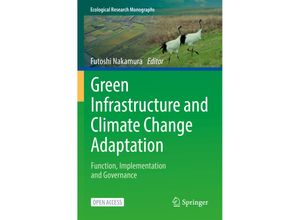
EAN: 9789811667930
Produktdaten aktualisiert am: 12.11.2025
Bilder-Quelle: discount24.de - Sport-Freizeit

Letzte EAN Aktualisierungen:
9789811667930 - Ecological Research Monograp...9783899912609 - Ecological Justice - Claudia...
9783319921495 - SpringerBriefs in Ecology ...
9783319940205 - Landscape-ecological Plannin...
9780387790688 - Marine Ecological Processes ...
9783319457536 - Social and Ecological System...
9783319121321 - Earth Stewardship Gebunden...
9780691208992 - Vellend Mark The Theory of E...
kürzlich hinzugefügt:
9780143110910 - Behave - Robert M Sapolsky K...9783319745350 - Land Allocation for Biomass ...
9783894322595 - The Hazel Dormouse - Rimvyda...
9788132218432 - Biointensive Integrated Pest...
9783948465407 - Human behavioural adaptation...
9783031233890 - XIII General Meeting of the ...
9783038602842 - Jallon Benoît LAN - 29 Proj...
9783319916880 - Bird Species Gebunden